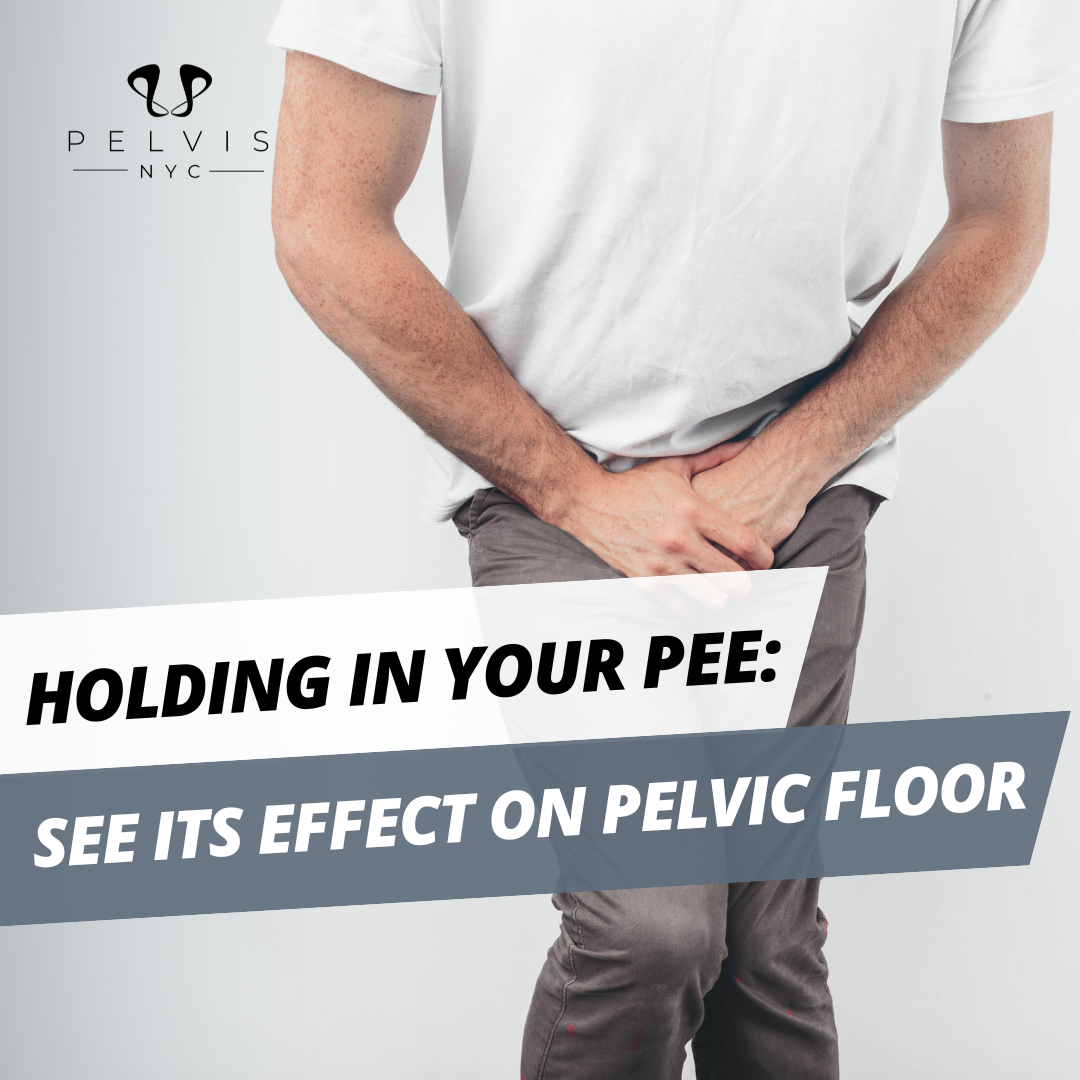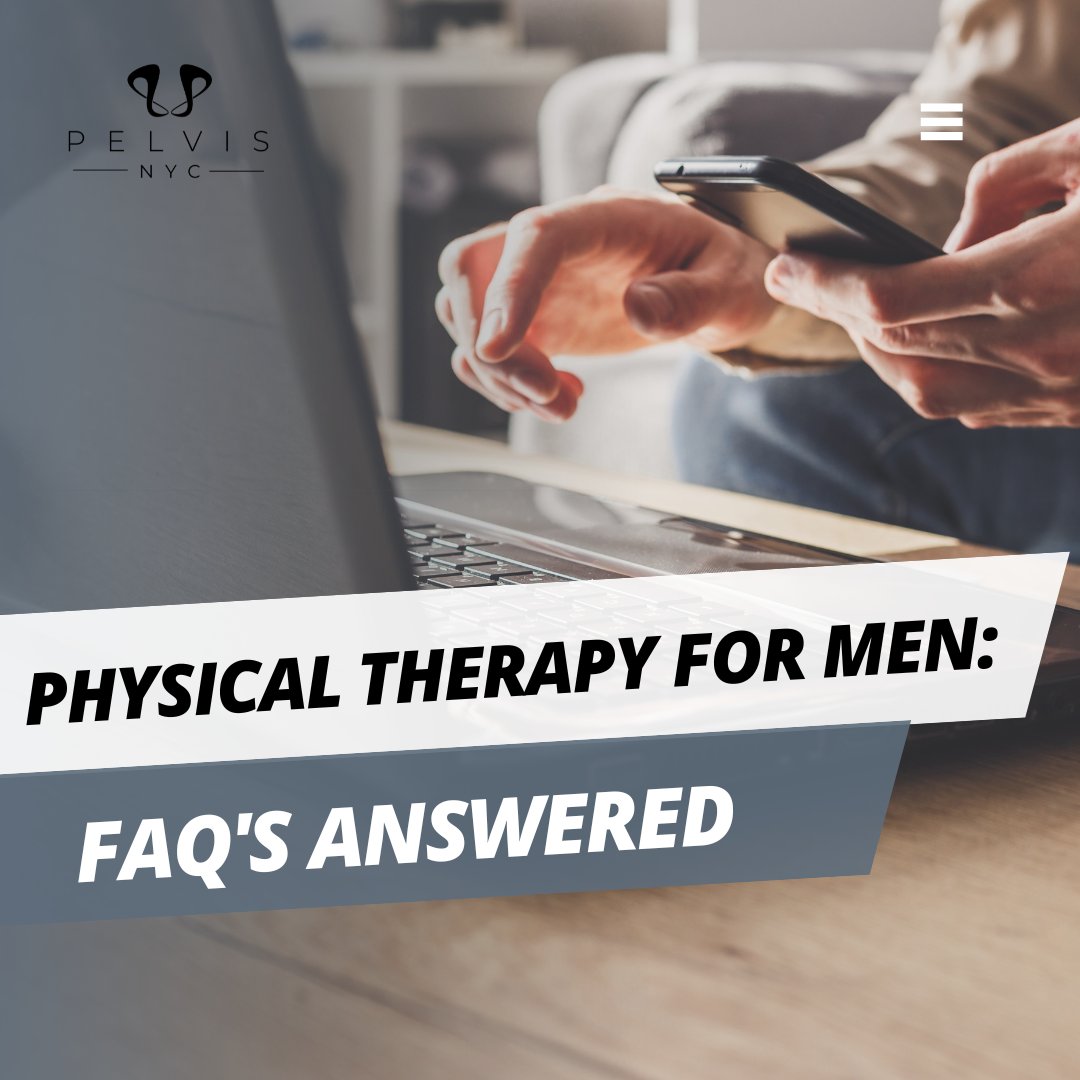Welcome to the realm of pelvic floor health! Did you know that something as simple as holding in your pee can have unexpected consequences for your pelvic floor muscles? These hardworking muscles play a vital role in supporting your bladder and maintaining healthy urinary function. In this article, we’ll unveil the intriguing connection between holding in urine and the weakening of pelvic floor muscles. Get ready to unlock the secrets to a strong and resilient pelvic floor, bid farewell to incontinence worries, and pee with confidence!
Understanding the Pelvic Floor
Imagine a hammock-like structure cradling your bladder, rectum, and other pelvic organs. That’s your pelvic floor! It’s made up of a complex network of muscles that provide essential support and control for these organs. These unsung heroes, when in tip-top shape, ensure proper bladder control and prevent leakage. But when weakened or damaged, they can give rise to urinary incontinence, frequent trips to the bathroom, and other unwelcome surprises.
The Impact of Holding in Your Pee
Ah, the urge to go but holding it in for various reasons—we’ve all been there. However, delaying the urge to urinate for an extended period can place undue strain on your pelvic floor muscles, leading to potential complications. Over time, this repetitive stress weakens the muscles, leading to reduced muscle tone and potentially causing urinary incontinence or other peeing problems. We must remember that our pelvic floor muscles crave exercise and care, just like any other muscles in our body! But don’t worry we have expert tips on how to manage urinary issues.
Prevention and Tips for Maintaining Pelvic Floor Health
- Embrace your urges: When nature whispers, listen! Train yourself to respond to the call of nature promptly. Avoid unnecessarily delaying bathroom trips, especially for extended periods.
- Hydration is key: Your bladder loves to be hydrated! Ensure you drink enough water throughout the day, as proper hydration supports healthy bladder function.
- Power up with pelvic floor exercises for urinary issues: Unleash the hidden strength within! Regular pelvic floor exercises, such as the famous Kegels, can strengthen these muscles. Squeeze, hold, release, and repeat!
- Healthy lifestyle, happy pelvic floor: Nourish your body, and your pelvic floor will thank you. Maintain a well-rounded lifestyle with balanced nutrition, and regular physical activity, and strive to maintain a healthy weight.
- Seek guidance from the pros: If you’re experiencing persistent urinary incontinence or other peeing problems, reach out to healthcare professionals or specialized pelvic floor experts. They can provide personalized advice and offer tailored treatment options to address your unique concerns.
Conclusion in Holding in Your Pee
Congratulations! You’re now armed with the knowledge to unleash the full potential of your pelvic floor. Remember, holding in your urine can weaken those hardworking muscles, potentially leading to urinary incontinence and other pee-related troubles. By making pelvic floor health a priority through proper care, targeted exercises, and seeking expert guidance when needed, you can support optimal bladder function and enjoy a life free from leaks.
Let’s embark on this journey together, where a strong pelvic floor translates to confidence, freedom, and a happier, leak-free life. Get ready to unlock the power of your pelvic floor and embrace a new level of control and well-being! Visit www.pelvis.nyc today and get a FREE 15-minute teleconsultation.










